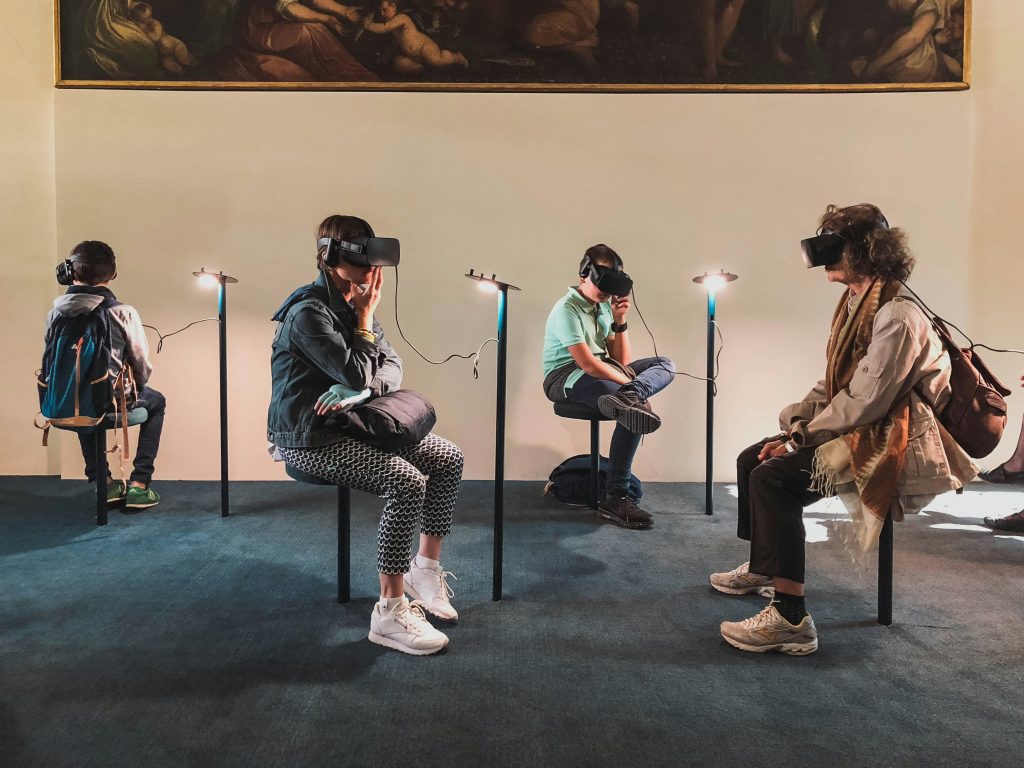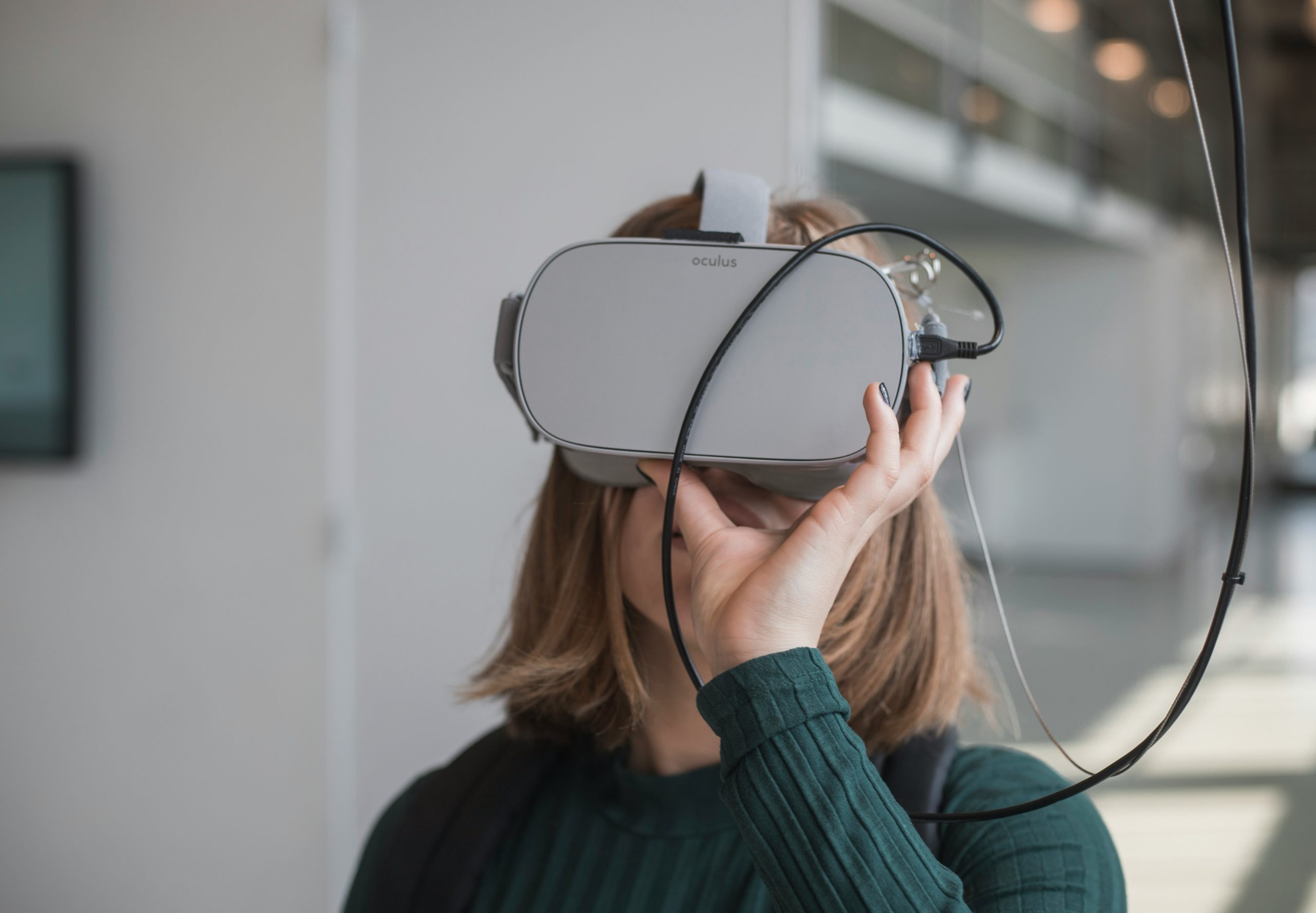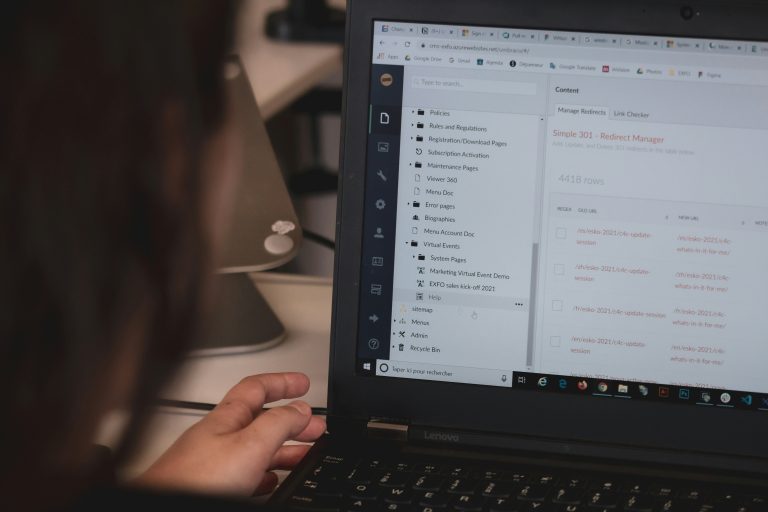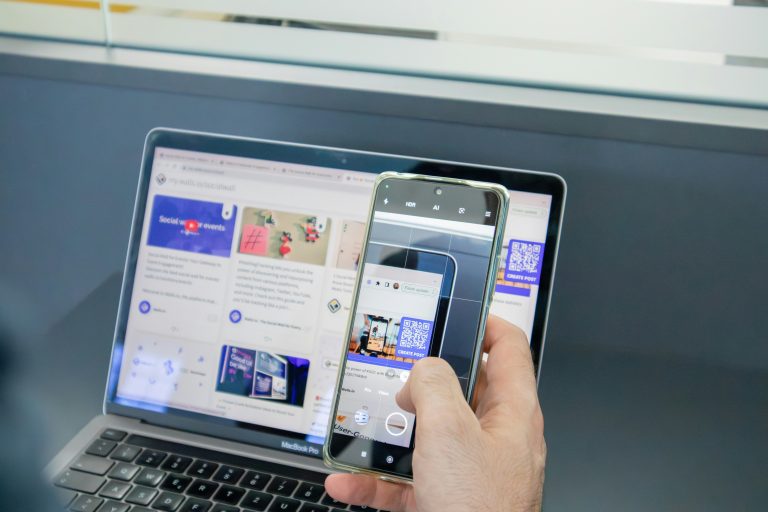Digital Twins: Bridging the Physical and Virtual Worlds
2 Introduction
1 Definition: A digital twin is a virtual replica of a physical object, process, or system that is continuously updated with real-time data from its physical counterpart.
2 Purpose: To simulate, predict, and optimize real-world performance, reduce downtime, and enable data-driven decision-making.
3 Components of a Digital Twin
1 Physical Entity: The real-world object or system (e.g., jet engine, smart city, human body).
2 Digital Model: A high-fidelity virtual representation with integrated simulations, analytics, and AI.
3 Data Connections: IoT sensors and telemetry feed real-time data from the physical to the digital twin.
4 Applications
1 Manufacturing: Predictive maintenance, process optimization, quality control.
2 Healthcare: Personalized medicine, surgery simulation, patient monitoring.
3 Smart Cities: Traffic management, urban planning, energy consumption analysis.
4 Aerospace & Defense: Simulating systems under stress, mission rehearsal.
5 Retail & E-commerce: Customer behavior simulation, supply chain modeling.

5 Benefits
1 Efficiency: Streamlined operations through proactive intervention.
2 Cost Savings: Reduced downtime, improved maintenance scheduling.
3 Innovation: Safer and faster product testing and development.
4 Sustainability: Resource optimization, reduced emissions.
6 Challenges
1 Data Security & Privacy: Ensuring integrity and confidentiality of sensitive data.
2 Integration Complexity: Syncing digital models with diverse systems and hardware.
3 Scalability: Building digital twins for complex, large-scale environments.

7 The Future of Digital Twins
1 AI Integration: Autonomous decision-making and deeper predictive insights.
2 Metaverse Synergy: Digital twins as part of immersive, persistent virtual environments.
3 Human Digital Twins: Simulating biological systems for personalized healthcare and wellness.
Conclusion
Digital twins are revolutionizing industries by creating a continuous feedback loop between the physical and digital worlds. As technology advances, their scope and impact will only grow, shaping the future of how we design, operate, and interact with complex systems.






